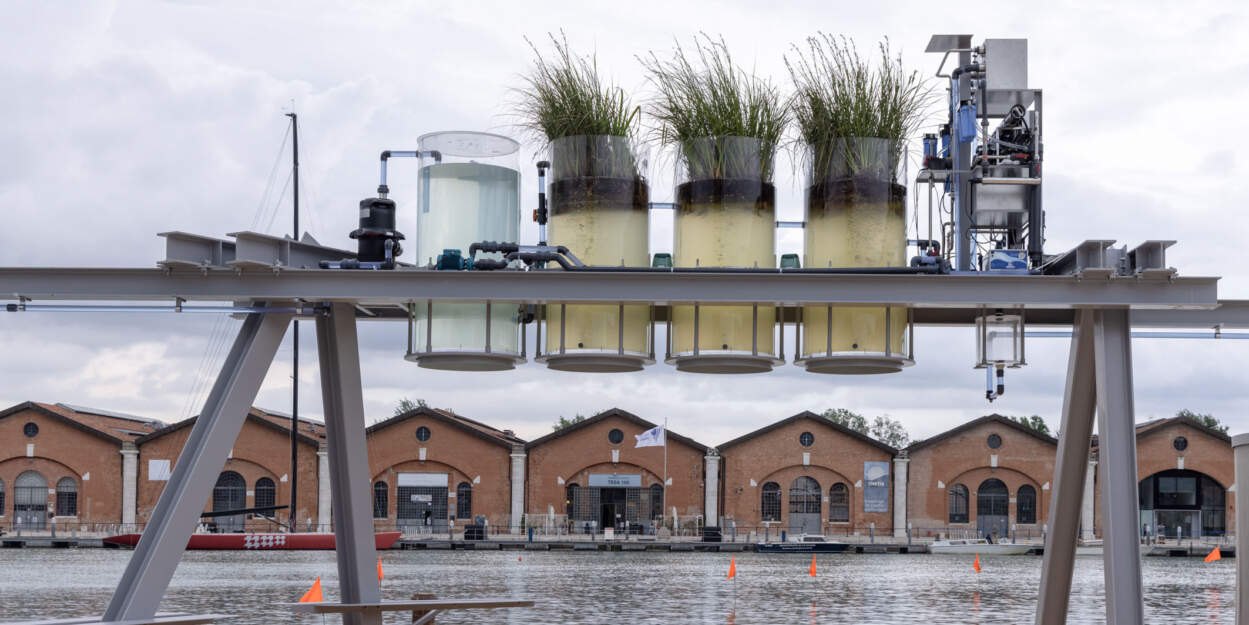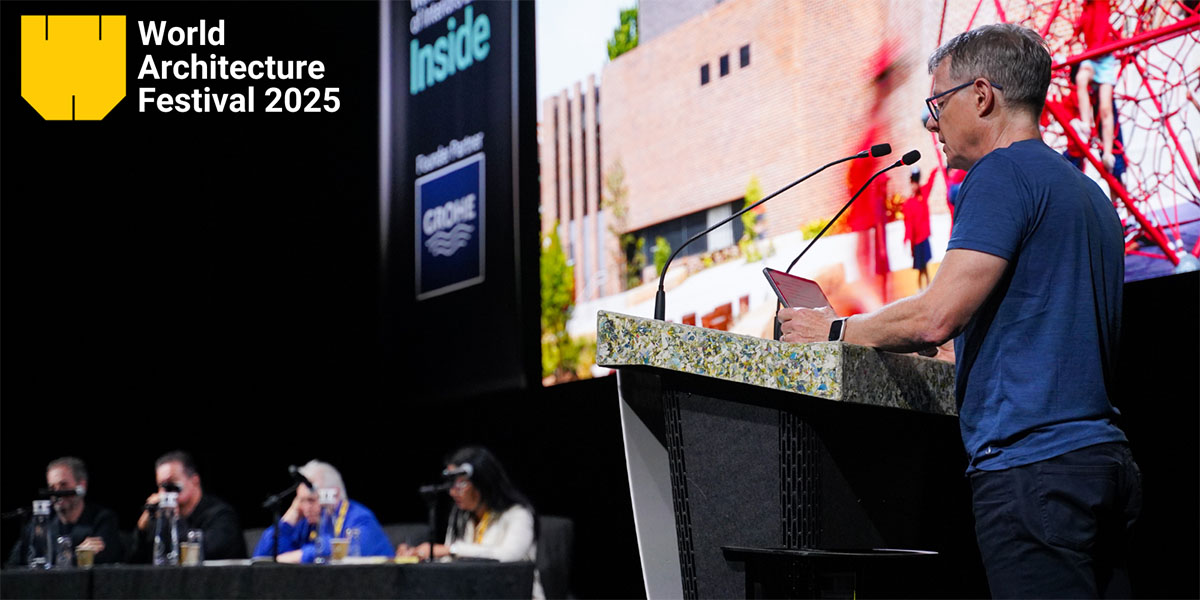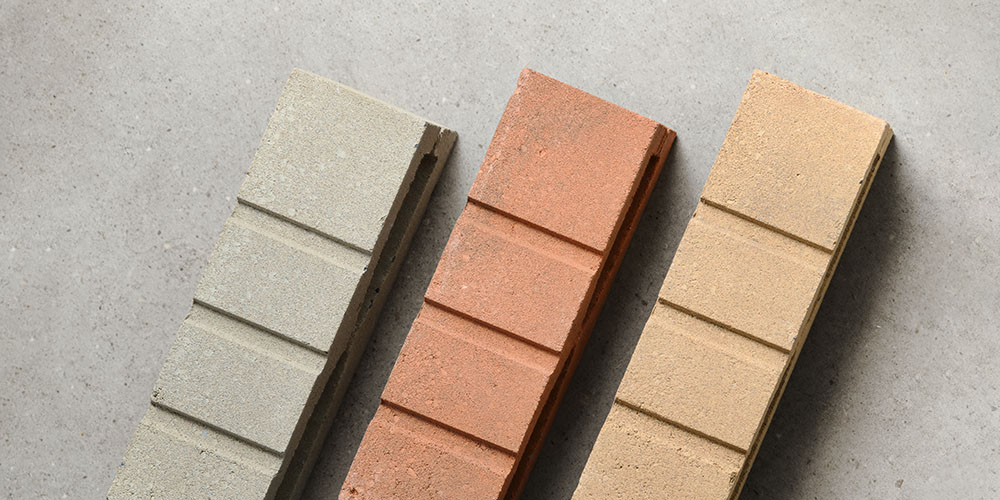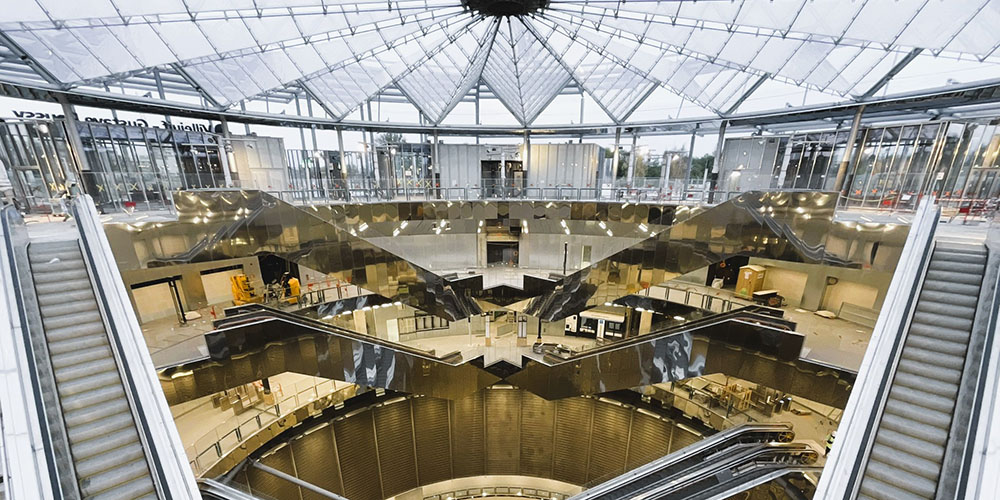Eataly Trieste, a new Eataly store opened in Eastern Italy. Eataly is a bustling Italian marketplace featuring quality Italian food from Italy’s many regions, alongside artisanal creations from local producers. The unique format of the store invites guests to “eat, shop, and learn” about Italian culture and cuisine as they taste authentic dishes in the restaurants, find the same ingredients in the marketplace, and then discover how to recreate the recipes with cooking demonstrations and classes.
Founded by Oscar Farinetti, Eataly opened its first location in Torino, Italy in 2007. Three years later, his son, Eataly USA CEO Nicola Farinetti, brought the concept to the U.S. by opening the flagship store in New York’s Flatiron neighborhood in 2010, followed by the one in Chicago, a second store in New York at the World Trade Center and the last born in Boston. Today there are 33 Eataly stores around the world: in Italy, US, Japan, Turkey, Brasil, Korea, Emirates, Germany, Denmark, Saudi Arabia and Qatar. On January the 27th, 2017 Eataly will celebrate its 10th birthday.
Tuesday, January the 17th the first Eataly in Friuli Venezia Giulia, overlooking the port of Trieste, opened to the public.
Trieste was one of the oldest parts of the Habsburg Monarchy. In the 19th century, it was the most important port of one of the Great Powers of Europe. As a prosperous seaport in the Mediterranean region, Trieste became the fourth largest city of the Austro-Hungarian Empire (after Vienna, Budapest, and Prague). At the end of the 19th century it emerged as an important hub for literature and music. Trieste was an important spot in the struggle between the Eastern and Western blocs after the Second World War.
Today, the city is in one of the richest regions of Italy, and has been a great centre for shipping, through its port, shipbuilding and financial services.
Eataly Trieste has been designed by the Florentine architect Marco Casamonti of Archea Associati.
Developed on 3 floors and 3.000 square meters, Eataly Trieste is located in the Old Wines Warehouse, built in 1902 to store the barrels coming from Istria and Dalmatia, and characterized by an ingenious watering system to maintain a constant internal temperature. Keeping alive the historical memory of this building, that has always been a place for exchanges, trade and excellent products, the Warehouse has been reclaimed thanks to the fundamental intervention of Fondazione CRTrieste.
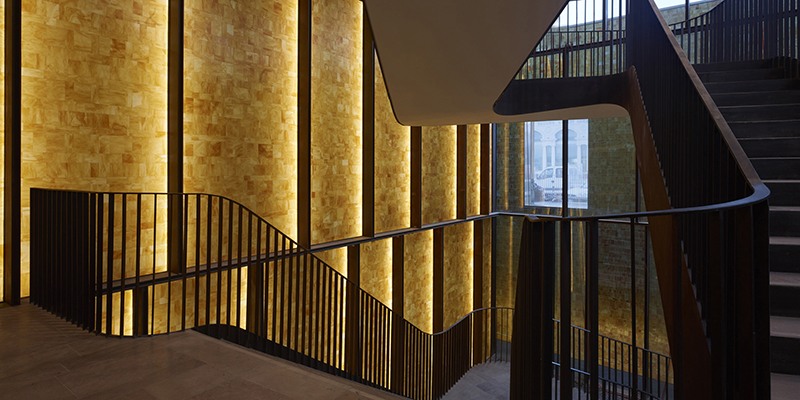
The project does not modify the original volume, but takes at digging inside another completely independent, ethereal and translucent building, organized dimensionally from the metric of the wall piece taken from the original facade. The physical dislocation between the new “building” and the historic vestment creates a powerfully evocative space between inside and outside where water flows in large pools. The edges of the warehouse walls and its windows and doors are reflected in the glass enclosing the space, letting us see what is going on inside.
The glass that closes the interior envelope reflects the contours of the warehouse walls and its openings allowing visibility of the activities that take place inside. The original structure of the building was preserved and the glass structure that makes it even more suggestive and luminous, permit to admire the Port and the wonderful landscape of the Gulf.
The ground floor, 80 cm above street level, maintains the historical safety margin that keeps it above high tide. The new mezzanine, though at a higher point than the perimeter walls, reaches the top level of the original pitched roof, which was destroyed. A large window facing the sea affords a remarkable view of the port of Trieste.
Featuring a majestic double staircase of COR-TEN steel, the building’s atrium is like a theater foyer. The staircase, which connects the three retail floors, has two spectacular pools of water at its base. The atrium also has a large wall clad in back-lit glass bricks whose form and material suggest the interior coverings of the historical tanks where wine was once stored.
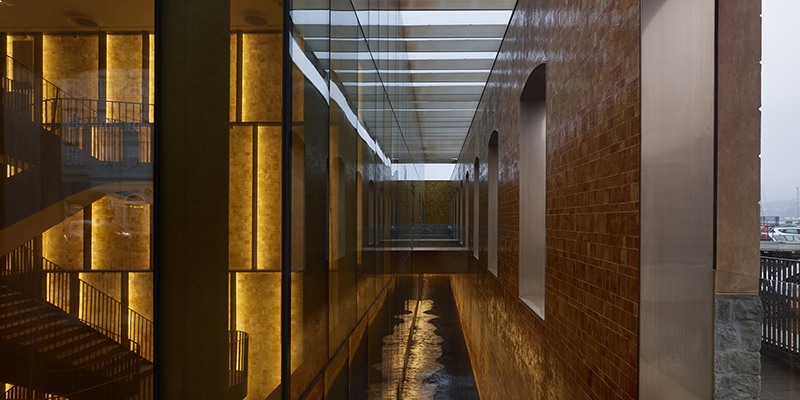
Eataly Trieste is dedicated to the winds blowing on Italy, «the beautiful winds that meet and create a unique microclimate in the world, giving origin to the extraordinary biodiversity that characterizes our Country. There are so many stories of winds meeting with the sea and with traditions, giving birth to high-quality products and excellent food and wines: Eataly Trieste wants to tell them all, celebrating those products, the “children of the wind”, and their incomparable beauty», the patron Oscar Farinetti says.
After all Trieste is The City of the Winds: Bora, Libeccio, Grecale and Maestrale, they all helped bring from every cardinal point the most ancient culinary and cultural traditions. The illustrator Sergio Staino dedicated to them four installations that Eataly hosts with great honor: the hand of Bobo’s father portrays with beauty and irony the four winds that whip and caress the Italian landscape. When talking about the wind and Trieste, we can’t forget the Barcolana, the historic international sailing regatta that is held every year, for professionals and enthusiasts, in the city’s Gulf. The best images of the latest editions are on display inside Eataly Trieste, to relive the emotions of an important international event strictly related to the territory.
With more than 4.000 products on the shelf, 5 eateries, the illy coffee shop and the Enoteca with its over 1000 labels, «Eataly Trieste wants to tell the story of the cultural and gastronomic heritage that characterize a very particular territory without borders, multilingual, multicultural and multi-religious. The richness of its traditions is a precious heritage that Eataly is committed to showcasing every day with good local products, the best recipes and educational insights», the Executive Chairman of Eataly Andrea Guerra states.
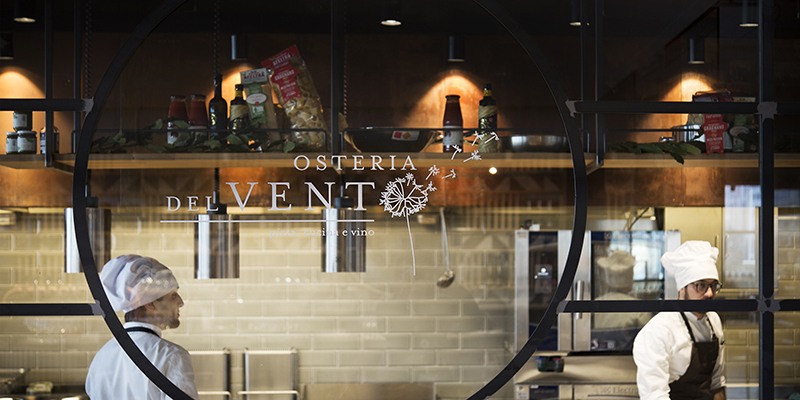
That is why the Osteria del Vento offers land and sea specialties, enhancing the flavors of Trieste’s cuisine: from appetizers to desserts, the chefs tell the story of an encounter between different cultures, the Mediterranean and Central Europe, while from the wood oven a wide selection of pizzas prepared with the finest ingredients is baked. At the counter of Salumi&Formaggi, Macelleria and Rosticceria you can buy as well as stop for a quick snack, a delicious meal, or to take out the tasty ready-to-go proposals. The fish market Fish Academy – La Barcaccia offers a selection of the best catch of the day, used to prepare delicious recipes to enjoy with a good glass of wine or to take away.
Finally, the Wine Bar Pane&Vino is the ideal place for an aperitif, a “rebechin” with friends or a quick lunch of platters, salads, the best wines, Spritz and cocktails.
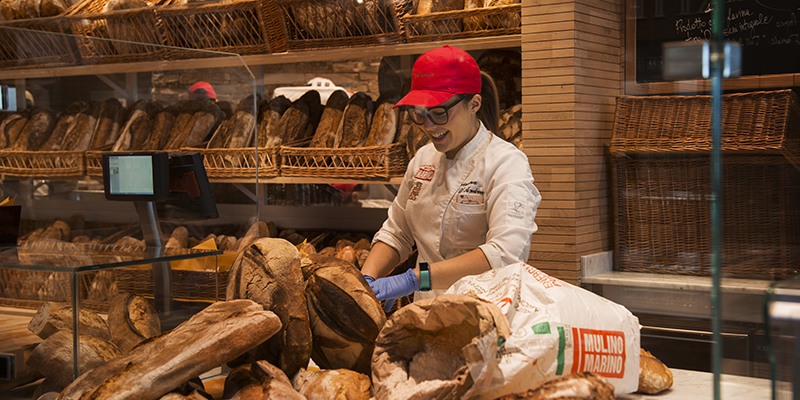
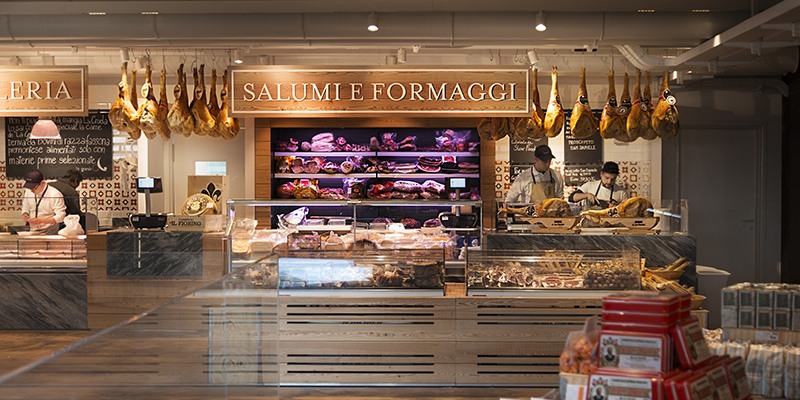
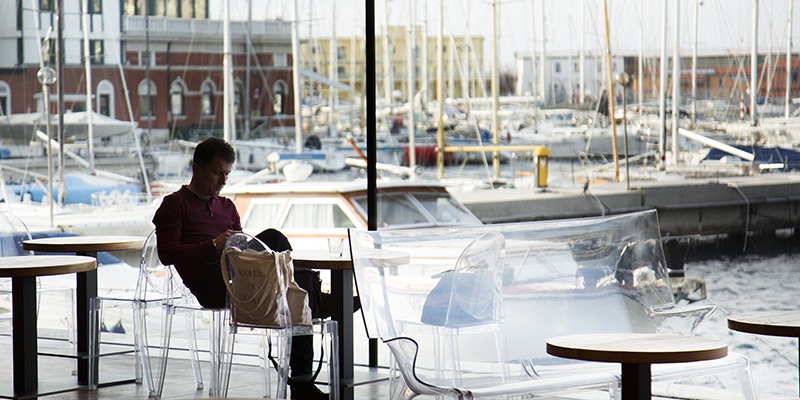
In a city like Trieste the Gran Bar illy couldn’t be missing, with its wide selection of coffee, and for the sweet toohts, with the ice cream of Agrimontana and the chocolates of Domori.
On the lower floor you’ll find the Enoteca, which offers a rich choice of wines, beers and spirits: the big national names but also small worth-knowing producers, with a special focus on territory, biodiversity and environmental sustainability. From a good “by the liter” wine, through the great vineyards of Collio and Carso, the Orange Wine typical of the North Adriatic, to the great Barolo vintages: the wine world is represented in all its facets, as well as the beers, with a selection of over 110 different types of great Italian and local production, and the spirits, thanks to the presence on the shelves of more than 100 labels, including of course the best local grappa.
Last but not least, on the lower floor you’ll find La Scuola of Eataly Trieste, a classroom with 30 seats hosting lectures, cooking classes, tastings and private events for adults, children and retired.
Eataly Trieste is in Riva Tommaso Gulli, 1 and is open from Sunday to Thursday from 9 a.m. to 10.30 p.m., Friday and Saturday from 9 a.m. to 12 p.m.
Eataly Trieste is worth a visit if you want to discover the real Italian food!
Architectural photo credit Pietro Savorelli.
Photo courtesy of Studio Archea and Eataly.


